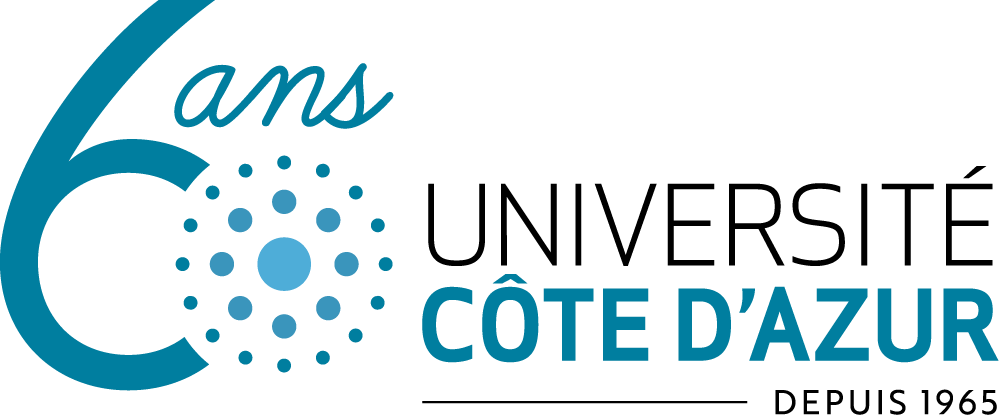Maître de Conférences à l’Université Côte d’Azur, HDR en physiologie intégrée, responsable du Master STAPS parcours Activités Physiques Adaptées et Santé de l’EUR HEALTHY. Le Dr Anne-Sophie Rousseau dirige des recherches portant sur la caractérisation par une approche moléculaire, des effets physiologiques, nutritionnels et immuno-métaboliques de l’exercice physique dans un objectif de prévention de l’inadaptation des réponses cellulaires au stress oxydant. Aujourd’hui à l’interface de trois disciplines distinctes que sont la physiologie, le métabolisme et l’immunologie, cette nouvelle approche intégrée ouvre des perspectives dans le champ des interventions en santé visant la prévention des risques immuno-métaboliques liés au mode de vie (incluant l’activité sportive intensive) et qui sont favorables au développement de pathologies chroniques.
Immunométabolisme, vieillissement et activité physique: vers de nouvelles approches préventives des pathologies du mode de vie
Immunometabolism, aging and physical activity: towards new preventive approaches of lifestyle-related diseases.
Résumé:
Lifelong exercise is proposed to be a model of successful aging due to improvement of immunometabolic responses and anti-inflammatory environment. However, underlying mechanisms of anti-inflammatory and anti-immunosenescence effects of lifelong exercise are complex and have not yet been fully elucidated. Indeed, the ability of physical fitness to directly modify the metabolism of immune cells is unproven. We have recently published that increasing the activity of a fatty acid metabolism modulator (peroxisome proliferator activator beta/delta (PPARβ/δ)), modifies T cell metabolism, development, and function in different physiological and pathological conditions, and alters skeletal muscle regeneration. More recently, in the elderly mouse, we made an important discovery by deleting this fatty acid modulator specifically in T cells (KO T PPARβ/δ). Unexpectedly, we prevented changes in body composition (muscles and visceral adipose tissues) and loss of physical capacities related to aging, suggesting a crucial role of T cells, and also probably their metabolism, in the effects of aging. Elderly KO T PPARβ/δ mice had an endurance capacity at least twice higher than their "control” aged counterparts. The immune changes investigated for the time being, mainly concerning the regulatory T cell population, suggests they could mediate a potential protective effect on aging. Thanks to this original mouse model invalidated for a modulator of metabolism specifically in T cells, protecting them from susceptibility to age-related frailty and cardiovascular disorders and less inclined to develop a chronic pathology, we plan to characterize biomarkers associated with an “ideal” aging, which signature would be validated in humans through clinical studies.
Lifelong exercise is proposed to be a model of successful aging due to improvement of immunometabolic responses and anti-inflammatory environment. However, underlying mechanisms of anti-inflammatory and anti-immunosenescence effects of lifelong exercise are complex and have not yet been fully elucidated. Indeed, the ability of physical fitness to directly modify the metabolism of immune cells is unproven. We have recently published that increasing the activity of a fatty acid metabolism modulator (peroxisome proliferator activator beta/delta (PPARβ/δ)), modifies T cell metabolism, development, and function in different physiological and pathological conditions, and alters skeletal muscle regeneration. More recently, in the elderly mouse, we made an important discovery by deleting this fatty acid modulator specifically in T cells (KO T PPARβ/δ). Unexpectedly, we prevented changes in body composition (muscles and visceral adipose tissues) and loss of physical capacities related to aging, suggesting a crucial role of T cells, and also probably their metabolism, in the effects of aging. Elderly KO T PPARβ/δ mice had an endurance capacity at least twice higher than their "control” aged counterparts. The immune changes investigated for the time being, mainly concerning the regulatory T cell population, suggests they could mediate a potential protective effect on aging. Thanks to this original mouse model invalidated for a modulator of metabolism specifically in T cells, protecting them from susceptibility to age-related frailty and cardiovascular disorders and less inclined to develop a chronic pathology, we plan to characterize biomarkers associated with an “ideal” aging, which signature would be validated in humans through clinical studies.

















